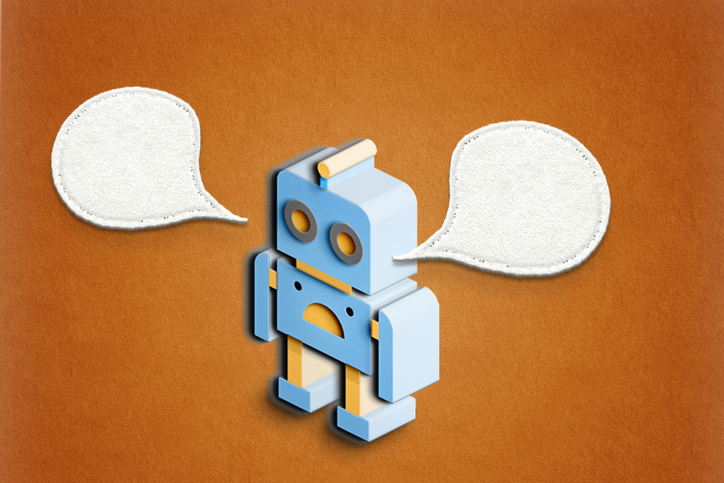The Rural-Urban Divide in AI: When Autocorrect Goes Awry
Living a life split between the serene, wide-open spaces of rural America and the bustling chaos of city life, I’ve experienced a unique blend of cultures and lifestyles. I spent countless hours hunting and fishing, embracing the great outdoors, while also diving into the world of legal jargon and city hustle. As someone who straddles these two worlds, I’ve encountered a curious quirk that speaks volumes about our digital age’s biases—especially through the lens of artificial intelligence.
The Autocorrect Dilemma
In a recent chat with my cousin over Facebook Messenger, I mentioned my experience with “snaring rabbits.” To my surprise, the autocorrect feature changed my perfectly spelled phrase to “sharing rabbits.” While it does bring a quirky, festive spin to springtime, it’s not quite the intended message. This isn’t just a freak occurrence; I find myself battling autocorrect frequently when discussing my rural hobbies. For instance, whenever I ask a friend in Missouri about his success in “gigging” frogs—a term you’re likely unfamiliar with unless you’re from the region—my phone insists I meant “gagging” frogs instead.
A Cultural Disconnect
These tidbits highlight an intriguing debate—does AI hold biases that reflect a predominantly urban perspective? Despite a wealth of research on AI biases related to race, there doesn’t seem to be much discussing rural vernacular. If you dig deep into how autocorrect systems operate, it becomes clear. They are designed based on a vast pool of data, overwhelmingly generated by users from urban settings, where about 80% of Americans reside.
When crafting texts, the AI’s predictive efforts lean toward common urban terminologies, often neglecting the idiosyncrasies that thrive in rural culture. For example, while terms like “snaring” and “gigging” have rich histories in rural America, they rarely see the digital limelight. This can lead to frustrations for those of us who cherish our rural lexicon.
An AI Conversation
To further explore this phenomenon, I enlisted the help of a more advanced AI model—ChatGPT. When I asked if it understood the term "gigging" frogs, it answered correctly and seemed genuinely intrigued by my rural interests. This prompted a deeper dialogue about the limitations inherent in traditional autocorrect systems. Interestingly, it echoed my observations—these systems often miss niche terminology as they strive to serve a more general audience.
Implications of Bias
The ramifications of these biases stretch beyond mere inconvenience. They feed into the broader narrative of rural versus urban divides in America. As messaging apps continuously misinterpret rural language, it fosters a sense of alienation among rural users—an issue that shouldn’t be overlooked, especially in today’s polarized political climate.
While navigating life between these two worlds, this cultural discrepancy in AI technology is irksome. I could easily ignore these annoying autocorrections, but they do remind me of the larger conversation about how technology—and particularly AI—affects our communication and understanding of each other.
Conclusion
Ultimately, this experience sheds light on an essential truth: while artificial intelligence has made vast strides, it still has a long way to go to fully represent the diverse linguistic tapestry that makes up America. Texters everywhere should be mindful of these quirks and how they might reflect biases ingrained in our digital tools.
Let’s hope that advancements in AI will soon bridge the gap between rural and urban dialects. The AI Buzz Hub team is excited to see where these breakthroughs take us. Want to stay in the loop on all things AI? Subscribe to our newsletter or share this article with your fellow enthusiasts.




